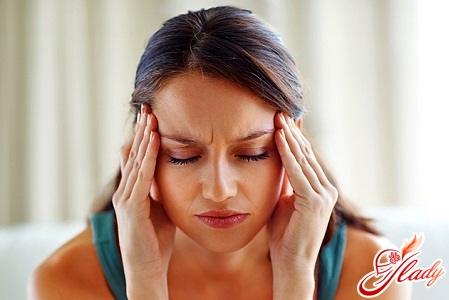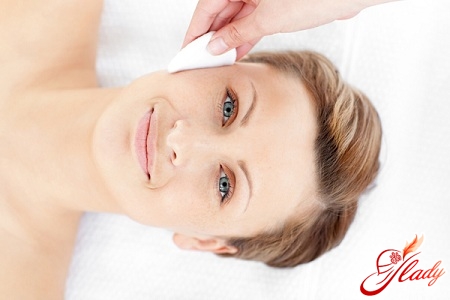
Bronchial asthma is a severe chronicinflammatory disease of the lungs, the key link of which is the narrowing of the lumen of the bronchi, caused by a specific allergic or nonspecific mechanism. Symptoms of bronchial asthma are manifested in the form of wheezing, stuffiness in the chest, coughing and shortness of breath. Attack with bronchial asthma occurs suddenly with suffocation. If pre-emergency emergency care for bronchial asthma during an exacerbation is not timely, then there will be pulmonary edema and spasm of bronchioles. A terrible complication, such as asthmatic status, will develop.
How to provide first aid
What is the first aid forbronchial asthma? It can be divided according to the mode of rendering for pre-medical and medical care. The basic first aid for an attack is aimed at protecting the patient from contact with substances that provoked exacerbation. First aid for an attack of bronchial asthma is in a certain order. First, the patient should be helped to calm down, take a special position of the body, sitting or standing, leaning on his hands to turn on auxiliary respiratory muscles, if possible, try to bring him out of stress. Then, stop the attack with inhaled anti-asthmatic drugs, to relieve spasms from the bronchi. Used drugs such as alupent, salbutamol, asthmopent and others, as a rule, they use the patient. In addition to bronchodilator, sympathomimetics have a stimulating effect on the heart, increase the excitability of the myocardium, causing rapid heart rate - tachycardia. Then you should call a doctor to provide medical assistance. Also, an easy attack can be stopped with a foot or hand hot bath. Further, pre-medical care is provided in this order. It is necessary to ventilate the room to reduce the concentration of household allergens. Remove from the room down and feather pillows, remove pets. After ventilating the room, close all the windows to reduce the ingress of pollen allergens from the street, and to precipitate the remaining allergens in the room with water and spray, moistening the air. If the patient has symptoms of food allergy, then reduce the absorption of food allergens by drugs that have adsorbing and enveloping effects, such as Almagel or cholestyramine. In everyday life, you can use activated charcoal or starch. Give an abundant warm, better alkaline, drink. Drink in small sips. Start doing specially designed breathing exercises, a deep breath and a very sharp exhalation. This exercise will help to remove the viscous sputum from the lungs. 
Medical emergency care
If pre-medical help did not help, the attack andcan not stop and the symptoms remain, then it is the turn of the medical emergency. Medical emergency care for an asthmatic episode is in a certain order. First, inject a solution of adrenaline, it relieves spasms, reduces the secretion of the mucosa and flushing of the lungs. Usually due bronchodilator, relaxing lungs, the effect comes in 5-10 minutes. If the attack is severe, prolonged and it was not able to stop, then the adrenaline solution is injected again. After the introduction of adrenaline may occur side effects, tremors, headache, palpitations. With caution apply a solution of adrenaline to patients with concomitant diseases, such as coronary insufficiency and hypertensive disease, is contraindicated in cardiac asthma. For the relief of an attack of bronchial asthma, a solution of Ephedrine is used, it starts to act for about 25-30 minutes. Effects of ephedrine are weaker than adrenaline, but the bronchodilator effect lasts longer. With a prolonged severe attack, the administration of ephedrine often does not give the proper effect and complete elimination of the attack can not be achieved. In this case, subcutaneous injections of atropine in combination with epinephrine or ephedrine are used. If the therapy is ineffective, and symptoms can not be removed and it is not possible, then eufillin is administered intravenously, the patient is hospitalized. Emergency first aid for bronchial asthma, does not allow to cure the patient, it only temporarily improves well-being. Therefore, at the first opportunity it is necessary to consult a physician with a pulmonologist who will prescribe the necessary tests, put a correct diagnosis and prescribe an adequate qualified treatment.









